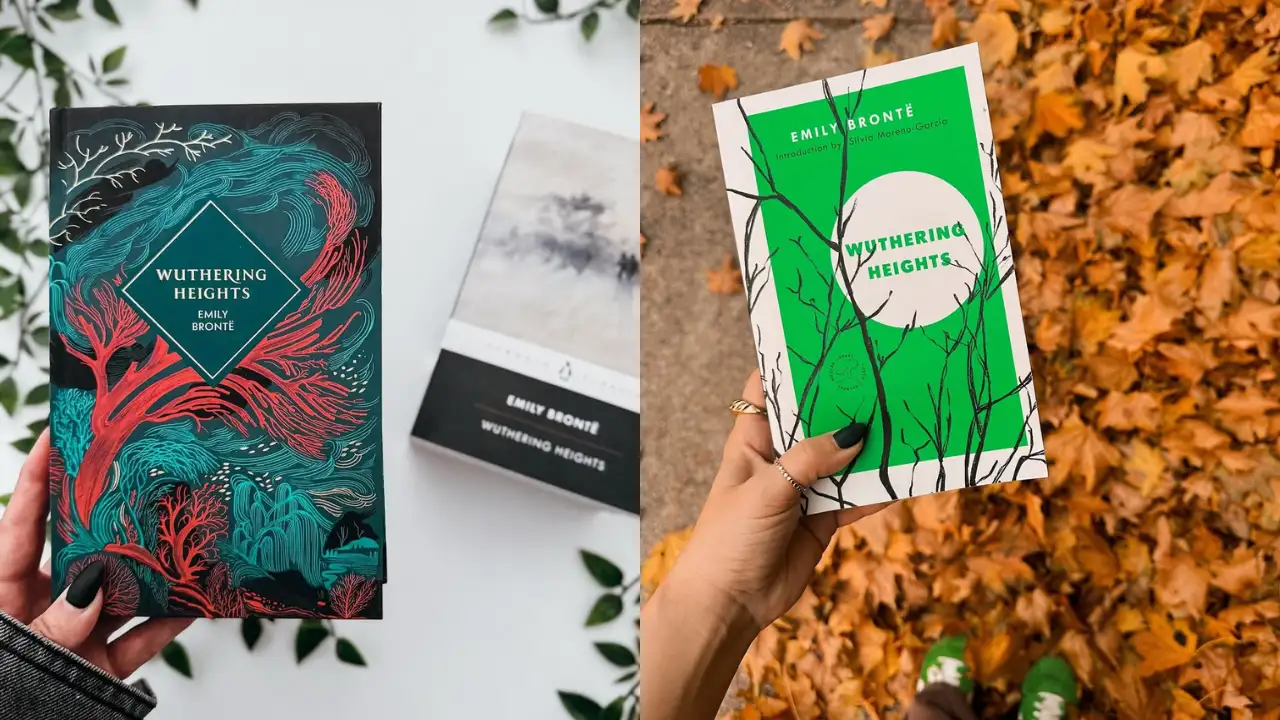By Girish Shukla
When you first encounter ‘Wuthering Heights’ by Emily Brontë, it’s easy to be swept away by the brooding romance, stormy moors, and tortured characters. But beneath its gothic atmosphere lies a powerful exploration of something deeply relevant today: generational trauma. At first glance, ‘Wuthering Heights’ may not seem like the obvious candidate for a psychological lens. But rereading it through a modern understanding of trauma, especially how pain passes from one generation to the next, reveals just how ahead of its time this novel really was. Also Read: The Dark History Behind the World’s Most Famous Classic Book The Roots of Hurt: Where It All Begins Heathcliff is at the centre of the storm — a child of unknown origins, found and brought into the Earnshaw family. Right from the start, he is treated as both an outsider and scapegoat. Mr. Earnshaw’s favouritism breeds jealousy in Hindley, whose cruelty becomes a defining part of Heathcliff’s trauma. Hindley’s abuse is not subtle; it’s systemic and normalised, mirroring how many families pass down unprocessed rage, resentment, and control under the guise of discipline or rivalry. Heathcliff’s response is survival, but it’s also internalisation. He learns to hurt before he can be hurt. His love for Catherine is not only passionate — it’s desperate, obsessive, and rooted in shared childhood trauma. Together, they experience emotional neglect, confusion, and instability. Their connection feels like a lifeline, but one tangled in unresolved pain. Trauma Doesn’t Stay in One Generation What ‘Wuthering Heights’ makes painfully clear is that trauma doesn’t end with Heathcliff and Catherine. Instead, it continues morphing, echoing into the next generation. Hareton, Linton, and young Cathy all inherit the emotional wreckage left behind. They are raised in environments shaped by bitterness and vengeance. Their emotional realities are set long before they have any agency. Hareton, for instance, becomes a victim of Heathcliff’s need for control and revenge. He is denied education, affection, and dignity, the very things Heathcliff himself was once denied. It’s a haunting example of how the abused can become abusers in a desperate attempt to reclaim power. Linton, on the other hand, is shaped by indulgence and weakness. Raised away from Wuthering Heights, his reintroduction into Heathcliff’s world becomes a symbolic clash between two generational legacies — one spoiled, one hardened. Neither has been taught how to love healthily. Catherine and Heathcliff: A Love Story, or a Trauma Bond? The romanticisation of Catherine and Heathcliff’s relationship has long overshadowed the unhealthy dynamics at its core. When you view their connection through the lens of trauma bonding, a cycle of intense emotional highs and lows, rooted in fear of abandonment, the toxicity becomes undeniable. Their love is possessive and consuming. Catherine’s famous line, “I am Heathcliff”, isn’t just poetic — it’s revealing. Their identities are enmeshed to the point of erasure. Their relationship, though iconic, is also a reflection of how trauma can blur boundaries, distort love into need, and confuse obsession for connection. Breaking the Cycle The final chapters of ‘Wuthering Heights’ offer a glimmer of hope. Young Cathy and Hareton, despite being raised in the shadow of trauma, begin to forge a new path. Their connection is tentative but sincere. It’s based not on vengeance, but on understanding, humility, and effort. They read together. They listen. They offer kindness instead of control. This subtle shift feels radical in a book filled with emotional storms. It suggests that even if we are shaped by generational trauma, we are not doomed by it. Cycles can be broken not quickly, and not without resistance, but they can be. Why It Still Matters What Emily Brontë captures so well is the emotional inheritance families pass down through silence, neglect, favouritism, violence, and even love. Heathcliff isn’t just a villain; he’s the product of his environment. Catherine isn’t just wild; she’s untethered from stability. Their children are not blank slates; they carry the weight of their parents’ pain. In a world where more people are turning inward to examine the patterns in their families, ‘Wuthering Heights’ becomes more than a gothic classic. It becomes a mirror. It asks us what we’ve inherited, what we’re passing on, and whether we have the courage to choose differently. Also Read: Why This Classic Book Should Be Required Reading for Everyone Feeling Lost in Their 20s ‘Wuthering Heights’ helped me understand that trauma doesn’t need to look like a catastrophe; sometimes it looks like coldness, resentment, or silence. Sometimes it’s masked as love. But the novel also offered something else: hope. Hope that through self-awareness, tenderness, and choice, even the most tangled legacies can begin to heal. And that’s what makes ‘Wuthering Heights’ timeless — not just its stormy romance, but its unflinching look at how pain travels, and how love, even in its quietest forms, can stop it in its tracks.
